calsfoundation@cals.org
Country Music
While the precise origins of country and western music are not entirely clear, it is thought to have its roots in traditional folk music of the British Isles. Once this particular sound was brought by British immigrants to the United States, country music began to change as it was blended with the music of immigrants from other places, as well as with traditional religious hymns and the music of African slaves predominantly residing in the southern United States. Arkansas has had a firm place in the history of country music from its very beginnings in the United States, and the state has been the birthplace of many well-known country artists, as well as particular style variations of country music.
While the folk music of the British Isles was more focused on topics of love and romance, the early forms of country within the United States were centered on practical topics as well as tragic ones, which can still be heard in the music of popular country artists. Country music was not performed on the radio until 1922, when the music industry decided to broaden the options of available genres. During the 1920s, the instrumental style of what was then known as “hillbilly” music did not stray far from homemade banjos and fiddles. Dr. Smith’s Champion Hoss Hair Pullers were very influential during this time period; they were one of the most popular string bands in Arkansas between 1926 and 1929 and even recorded a few songs at Victor records in 1928. They proved to be a boon to the public perception of Arkansas music.
The 1930s brought a new era and style of country music, as the “hillbilly” fiddle band sound was beginning to fade out and be replaced by “country/western,” inspired by Jimmie Rodgers of Mississippi, who many consider to be the “Father of Country Music.” This music featured lyrics of grand, romantic ideals of life in the western states and was performed in western cowboy apparel, which is still a common style in country music today. Yodeling also became a popular performance mode in country music. Patsy Montana, born Ruby Blevins, of Garland County was influenced by this new style of country music and wore a typical western get-up, including a cowboy hat and a gun and holster. She was discovered on The National Barn Dance on the radio station WLS from Chicago, Illinois, and her 1935 release “I Want to Be a Cowboy’s Sweetheart” was the first record by a female country/western singer to sell over one million copies. Elton Britt of Zack (Searcy County) and Carolina Cotton (born Helen Hagstrom) of Cash (Craighead County) were also heavily influenced by Rodgers’s yodeling style throughout their music careers in the 1940s. Jimmy Wakely of Mineola (Howard County) was one of the last country musicians to fully embrace the classic image of a “singing cowboy.” He achieved a great deal of national success, appearing in several films with Gene Autry.
Two other Arkansas country artists of the 1930s and 1940s, Lonnie Glosson of Judsonia (White County) and Wayne Raney of Wolf Bayou (Cleburne County), popularized the harmonica throughout the United States. Together, they established a highly successful mail-order harmonica company. Both musicians had somewhat of a “hillbilly boogie” sound; their hit single “Why Don’t You Haul Off and Love Me” was number one on the country music charts in 1949. Glosson’s solo career was also quite successful; his 1936 song “Arkansas Hard Luck Blues” is considered by the Country Music Hall of Fame to be a precedent to the talking blues style of both Bob Dylan and Woody Guthrie.
The 1940s also brought a new variation of country music called honky-tonk, which is a type of country music with strong beats and lyrics that bemoan misfortune. Several Arkansas country musicians influenced, participated in, and contributed to this mode. T. Texas Tyler of Mena (Polk County), born David Luke Myrick, used honky-tonk instrumentation in his music and combined it with a nearly spoken vocal style. His 1948 hit “Deck of Cards” reached the top of the country music charts, and its storytelling style was widely imitated. “Lefty” Frizell, who was born in Texas but grew up in Arkansas, debuting as a singer in El Dorado (Union County), also performed country in the honky-tonk style. Willie Nelson has claimed that he and many current artists have been influenced by this style. Considered to be one of the most influential artists in the history of country music, Frizell released several chart-topping honky-tonk hits, including “If You’ve Got the Money, Honey, I’ve Got the Time” (1950), “I Love You a Thousand Ways” (1950), and “Saginaw, Michigan” (1964). He was inducted into the Country Music Hall of Fame in 1982.
Country music, throughout its history, has tended to blur the lines between genres. Almost all country music borrows elements of song structure from early Delta blues music, so it is unsurprising that several country artists have crossed over into the rhythm and blues (R&B) genre. The Browns of Sparkman (Dallas County) succeeded in straddling the line between country and R&B with their hit “The Three Bells” in 1959. The Browns were also important in developing the smoother, more elegant “Nashville sound” of country that would further develop and become popular in the 1990s. Country artist Floyd Cramer, who grew up in Huttig (Union County), also influenced the “Nashville sound” with his smooth piano playing in songs like “Last Date,” which hit number two on the Billboard charts. Cramer is widely considered to be the most influential pianist in the history of country music due to developing the bluesy “slip-note” style that influenced many pianists who would follow him.
Country music was beginning to cross over into rock and roll during the 1950s as well. Crawford County native Jesse Lee “Arkie” Shibley’s 1950 recording of “Hot Rod Race,” which hit number five on the country charts, is considered to be influential to the origination of rock and roll as a genre. He also influenced the genre of blues with the talking blues style that he incorporated into many of his songs. Conway Twitty, born Harold Lloyd Jenkins, was also influential in both the country and rock genres. Growing up in Helena (Phillips County), Twitty began as a rock artist and was hugely successful, releasing several singles that hit number one on the pop charts, such as “It’s Only Make Believe” in 1958. However, as the years passed, he played more in the country style. He released several singles that reached number one on the country charts, such as “Next in Line” in 1968. He was inducted into the Country Music Hall of Fame in 1999 and is still one of the most successful musical acts to emerge from Arkansas. Levon Helm of Marvell (Phillips County) also blurred the lines between the country and rock genres; in the late 1960s, he was a leading member of the early Americana group the Band.
Several country artists also ventured into the pop genre and influenced modern country with a more pop-like sound. Jimmy Driftwood of Timbo (Stone County), who was a member of the Grand Ole Opry in the 1950s, released six singles that made the country and pop charts simultaneously in 1959. Glen Campbell of Pike County, a renowned country guitarist, played guitar on records for popular artists such as Elvis Presley, Merle Haggard, and Nat King Cole. He also toured as a member of the Beach Boys for several months during the 1960s and won several Grammys for his contributions to both country and pop music.
Charlie Rich of Colt (St. Francis County), a popular country musician from the late 1950s to the 1970s, ventured into several different genres, including pop, gospel, blues, and rockabilly. His single “The Most Beautiful Girl” topped both the country and pop charts, and he was influential to the lush, pop-like “countrypolitan” sound that is popular in Las Vegas, Nevada, and other large cities. Narvel Felts of Keiser (Mississippi County), a country musician of the 1970s, also worked within the rockabilly genre and is in the Rockabilly Hall of Fame. The Cate Brothers of Washington County, although they were never as widely successful as Rich or Felts, were also well respected in their musical crossovers from country into the rockabilly and rock genres.
The country artist who experimented with the most genres throughout his career, as well as arguably the most famous musical artist to emerge from Arkansas, was Johnny Cash. Born in Kingsland (Cleveland County), Cash explored country, gospel, blues, pop, and rock and roll. He had several singles, such as “Ring of Fire” and “Understand Your Man,” that topped both the country and pop charts. He is also the only musician ever to be inducted into the Country Music, Rockabilly, Gospel Music, Rock and Roll, and Songwriters Halls of Fame. He also garnered several Grammys throughout his musical career.
While many country artists were gaining success through venturing into other genres, the Wilburn Brothers of Hardy (Sharp County) were taking advantage of listeners’ appreciation for a more classic form of country. Performing from the late 1950s into the 1970s, this sibling duo performed at the Grand Ole Opry and received the only “lifetime recording contract” ever made by Decca Records. They helped launch the careers of several more modern country artists, such as Loretta Lynn, Patty Loveless, and the Osborne Brothers.
Modern Arkansas country music has moved somewhat back into a more traditional mode, although it often still crosses over into pop music. Some recent Arkansas musicians have had a great deal of success within Arkansas as well as nationally. Wayland Holyfield of Mallett Town (Conway County) is an excellent example of this more modern yet homely country sound; his single “Arkansas (You Run Deep in Me)” was adopted by the Arkansas General Assembly as an official state song in 1987. He has also been inducted into the Arkansas Entertainers Hall of Fame and written/co-written songs for artists such as Conway Twitty, George Strait, and Brooks & Dunn. Ronnie Dunn, born in Texas, was raised in El Dorado. Dunn was a member of the wildly successful and internationally famous country duo Brooks & Dunn and has been performing since the 1970s. K. T. Oslin of Crossett (Ashley County) was the first female artist to win the Country Music Song of the Year, for her hit single “80’s Ladies,” and also garnered several Grammy Awards. Tracy Lawrence of Foreman (Little River County), who, like Dunn, was born in Texas and raised in Arkansas, released several chart-topping singles during the early 1990s, such as “Texas Tornado,” “Time Marches On,” and “I See It Now.” Collin Raye of De Queen (Sevier County) has had multiple hit singles, such as “Little Rock” and “Every Second,” and has garnered multiple Country Music Award nominations. Joe Nichols of Rogers (Benton County) released several hugely successful studio albums between 1996 and 2013 and has had several number-one hit singles. Justin Moore of Poyen (Grant County) is one of the most recent acts from Arkansas to gain success within the world of country music; his records Justin Moore (2009) and Outlaws Like Me (2011) achieved gold status. Bonnie Montgomery of Searcy (White County), a classically trained singer and pianist, made a name for herself in country music, releasing several full-length albums and touring and performing with nationally known acts.
Throughout the years, country music has transformed from a somewhat down-home genre to one that is popular in cities and cosmopolitan areas as well. However, throughout all of country’s changes in sound, as well as country artists’ evolutions in style, it has retained its solidly American sensibility and its themes of love and loss, family, and practical struggles of the working class.
For additional information:
Blevins, Brooks. Arkansas/Arkansaw: How Bear Hunters, Hillbillies, and Good Ol’ Boys Defined a State. Fayetteville: University of Arkansas Press, 2009.
———. “The 100 Percent American Story of the Arkansas Origins of the Grand Ole Opry.” Arkansas Historical Quarterly 82 (Spring/Summer 2023): 1–22.
Brown, Maxine. Looking Back to See: A Country Music Memoir. Fayetteville: University of Arkansas Press, 2005.
Bufwack, Mary A., and Robert K. Oermann. Finding Her Voice: The Saga of Women in Country Music. New York: Crown Publishers, 1993.
Cochran, Robert. Our Own Sweet Sounds: A Celebration of Popular Music in Arkansas. 2nd ed. Fayetteville: University of Arkansas Press, 2005.
Cross, Wilbur, and Michael Kosser. The Conway Twitty Story. New York: Doubleday, 1986.
Edwards, Leigh H. Johnny Cash and the Paradox of American Identity. Bloomington: Indiana University Press, 2009.
Hemphill, Paul. The Nashville Sound: Bright Lights and Country Music. New York: Simon and Schuster, 1970.
Horstman, Dorothy. Sing Your Heart Out, Country Boy. Nashville: Country Music Foundation Press, 1996.
Kingsbury, Paul, ed. The Encyclopedia of Country Music. New York: Oxford University Press, 1998.
Lindley, Helen C. “The Hoss-Hair Pullers and Hill-Billy Quartet.” Izard County Historian 5 (April 1974): 9–13.
Wolfe, Charles K. Classic Country: Legends of Country Music. New York: Routledge, 2001.
Darby Burdine
University of Central Arkansas

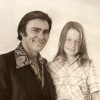

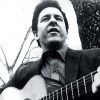

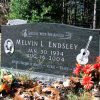
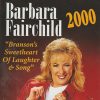
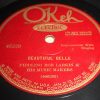

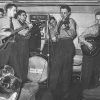

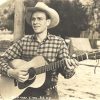

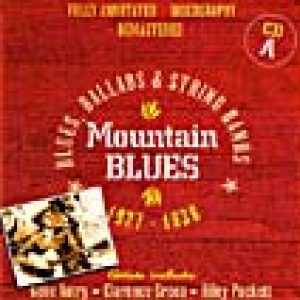 "Arkansas Hard Luck Blues," Performed by Lonnie Glosson
"Arkansas Hard Luck Blues," Performed by Lonnie Glosson  The Browns
The Browns 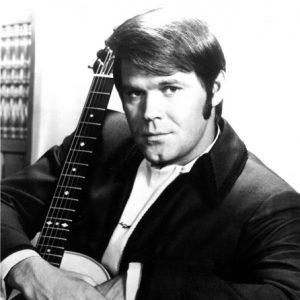 Glen Campbell
Glen Campbell 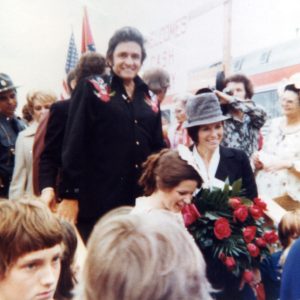 Johnny Cash
Johnny Cash 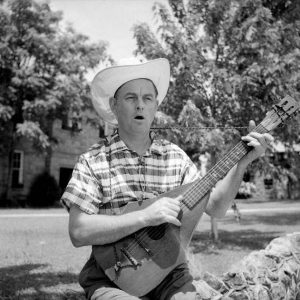 Jimmy Driftwood
Jimmy Driftwood 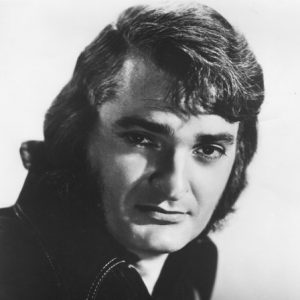 Narvel Felts
Narvel Felts 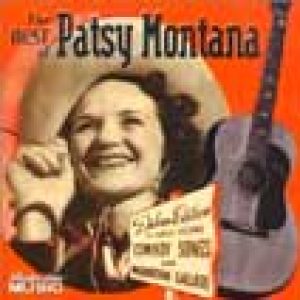 "I Want to Be a Cowboy's Sweetheart," Performed by Patsy Montana
"I Want to Be a Cowboy's Sweetheart," Performed by Patsy Montana 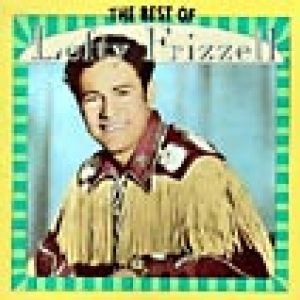 "If You've Got the Money Honey (I've Got the Time)," Performed by Lefty Frizzell
"If You've Got the Money Honey (I've Got the Time)," Performed by Lefty Frizzell 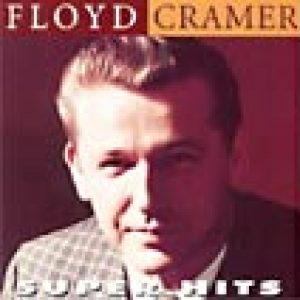 "Last Date," Performed by Floyd Cramer
"Last Date," Performed by Floyd Cramer 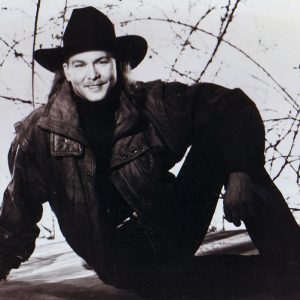 Tracy Lawrence
Tracy Lawrence  "Little Rock," Performed by Collin Raye
"Little Rock," Performed by Collin Raye 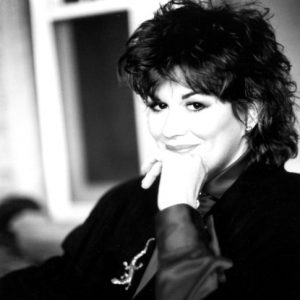 K. T. Oslin
K. T. Oslin 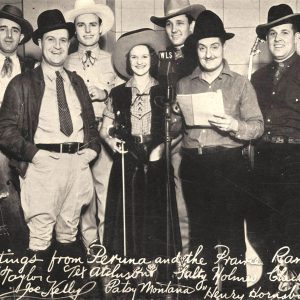 Prairie Ramblers
Prairie Ramblers  Wayne Raney
Wayne Raney 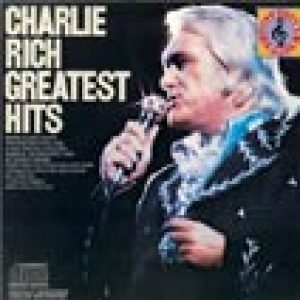 "The Most Beautiful Girl in the World," Performed by Charlie Rich
"The Most Beautiful Girl in the World," Performed by Charlie Rich 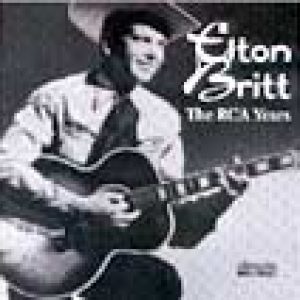 There's a Star Spangled Banner Waving Somewhere
There's a Star Spangled Banner Waving Somewhere 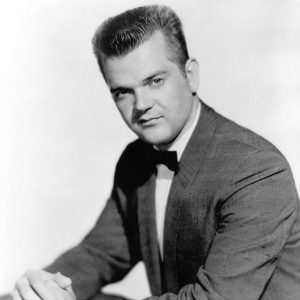 Conway Twitty
Conway Twitty 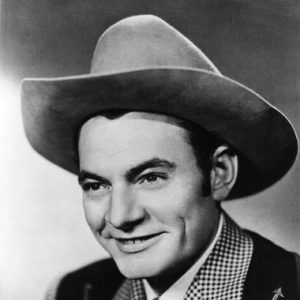 T. Texas Tyler
T. Texas Tyler 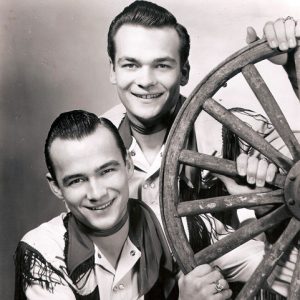 Wilburn Brothers
Wilburn Brothers 



Comments
No comments on this entry yet.